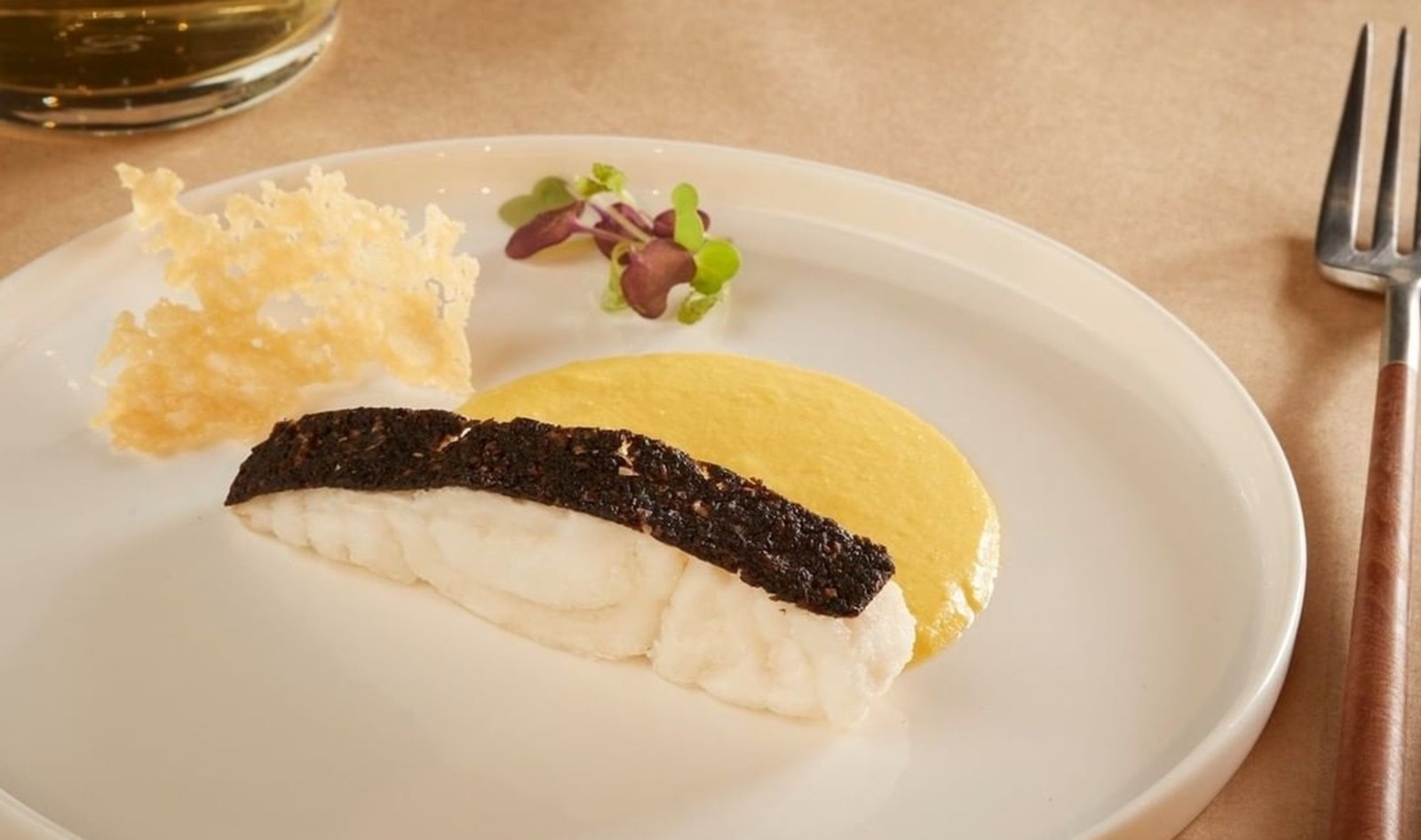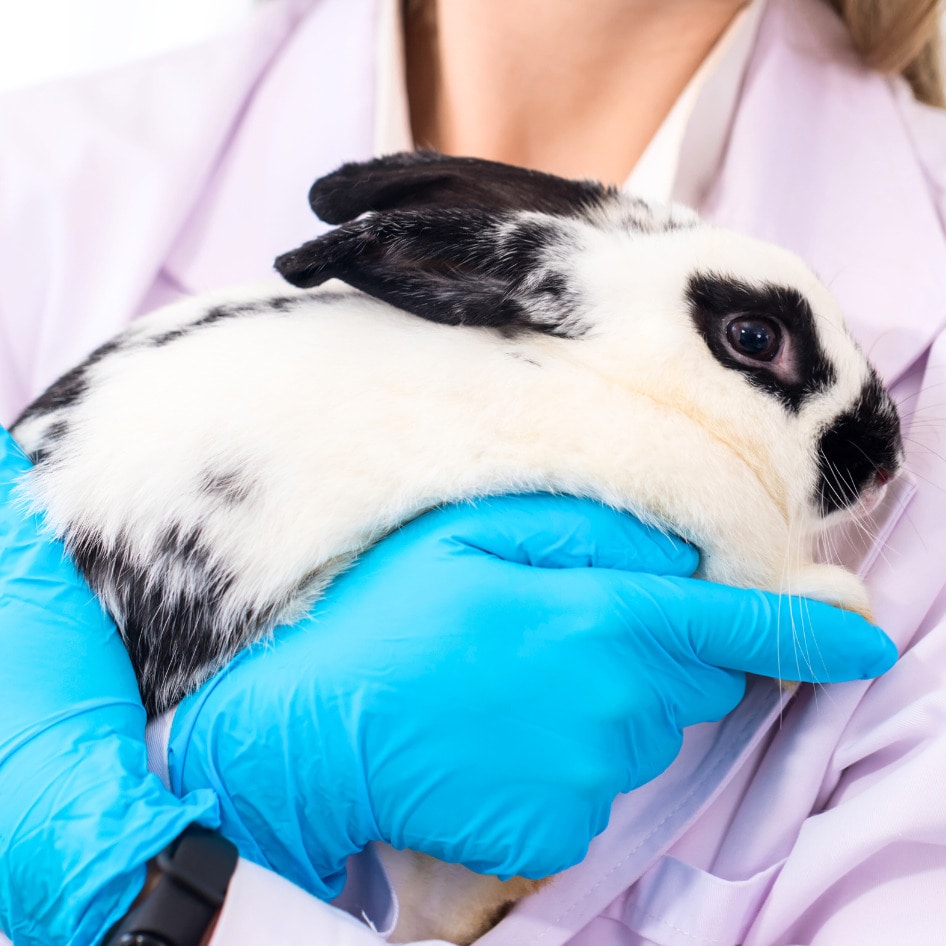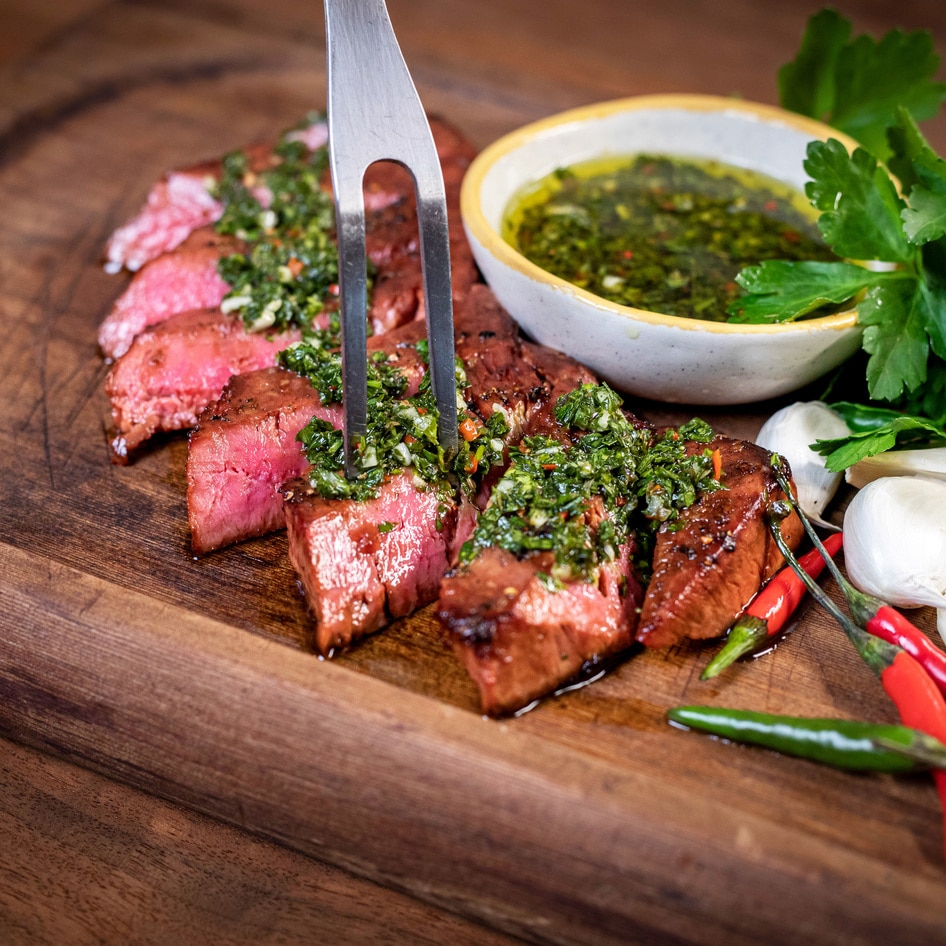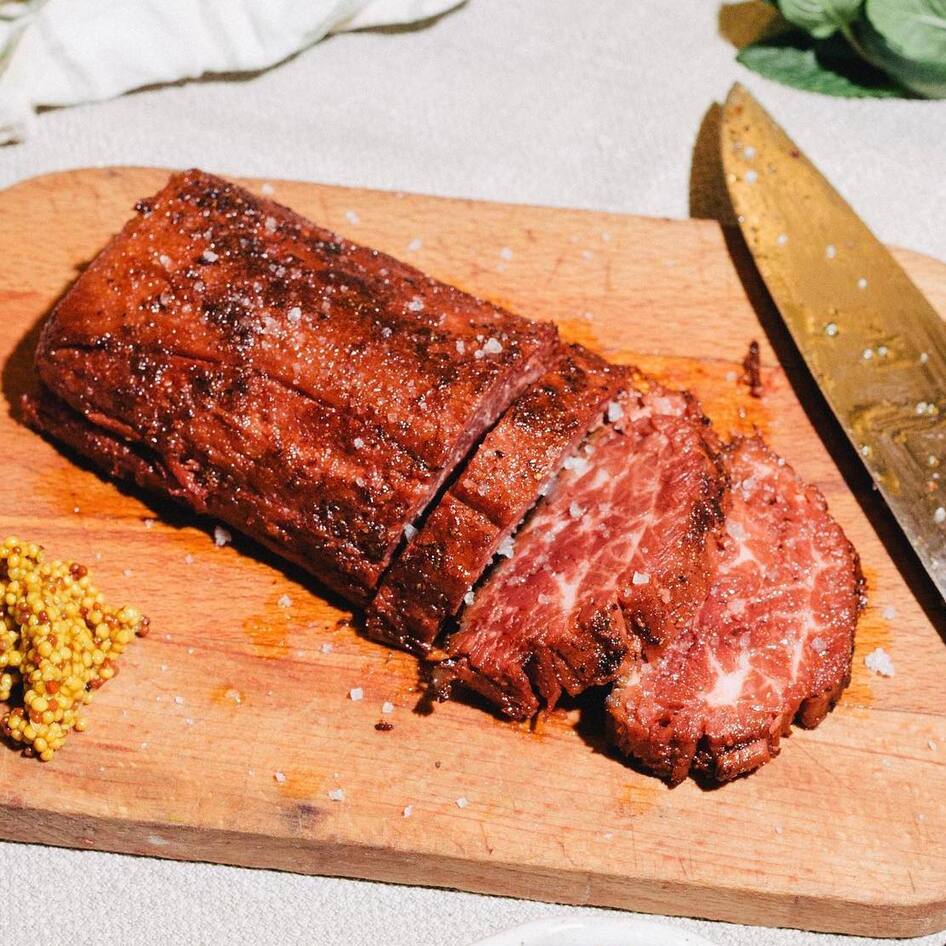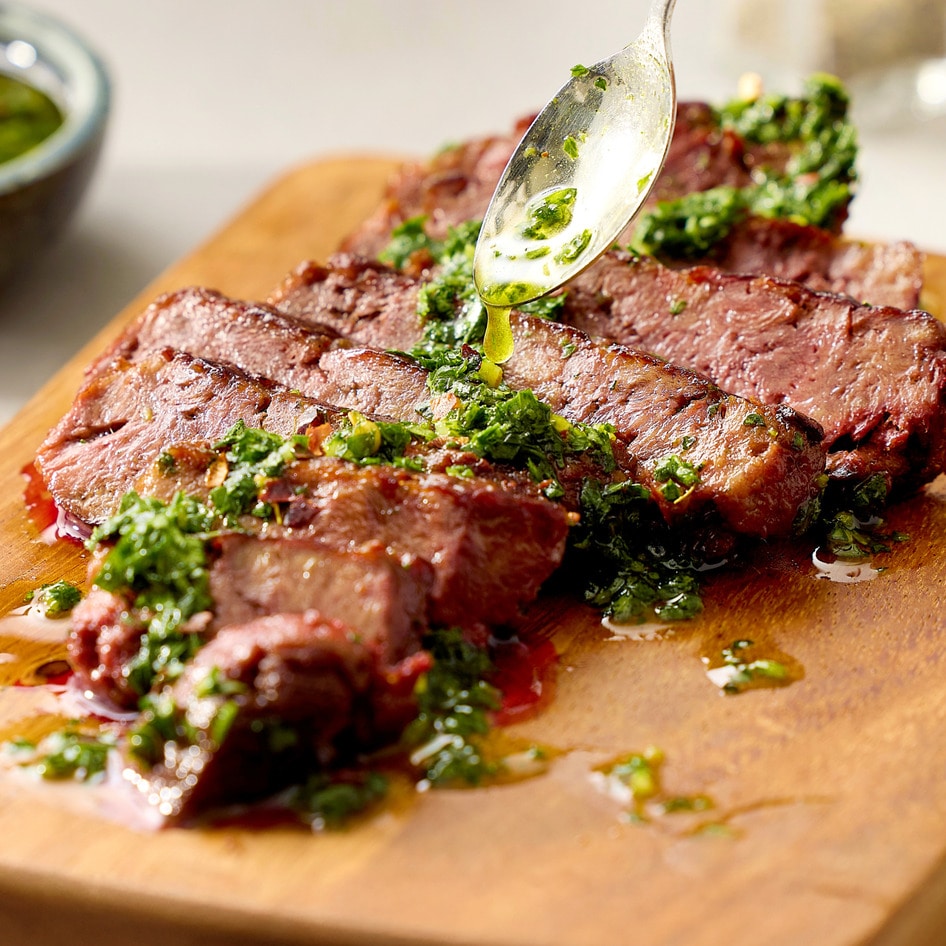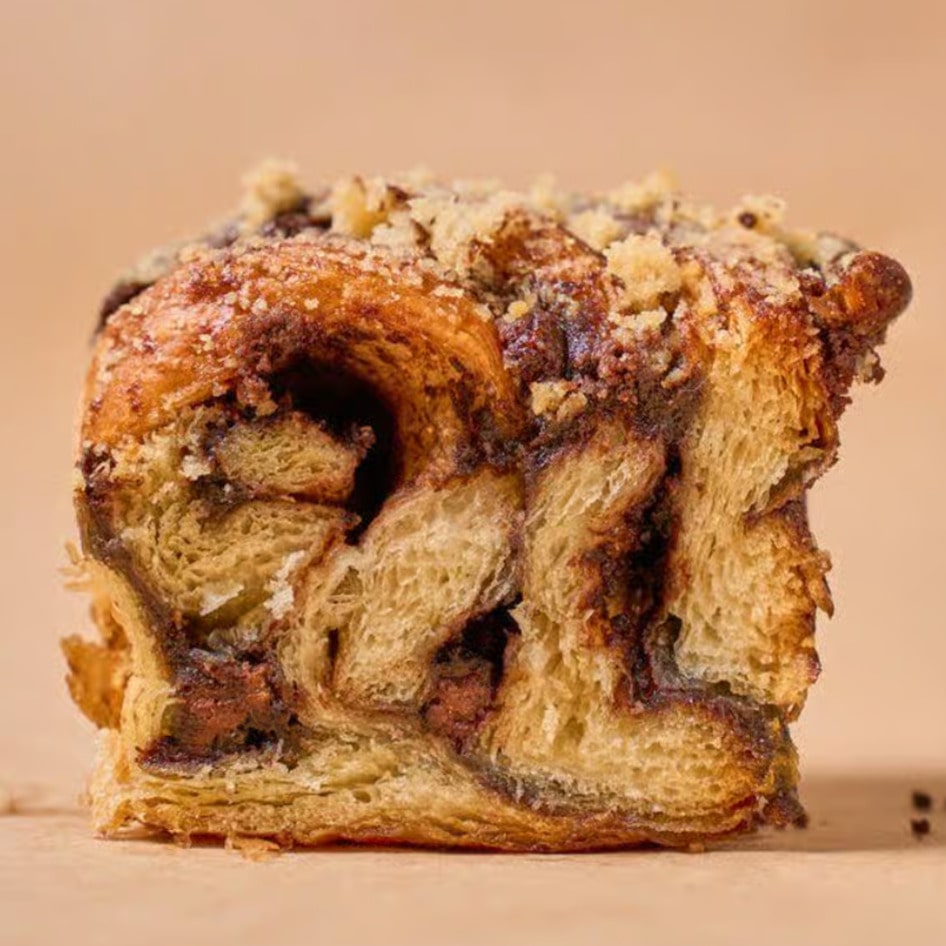Recently, several food experts gathered in the quiet Israelian city of Rehovot to sample a new type of seafood. During the tasting event, they were presented with a handful of grouper dishes prepared in traditional Singaporean and Israeli recipes. The twist? The fish on the plate didn’t spend its pre-dinner life swimming in the ocean. In fact, it was never alive at all. The seafood was prepared using a 3D printer and grouper fish cells. It’s not a scene from a sci-fi movie, it’s real life. And many experts are hoping it’s the future of food.
The grouper referred to above was created by an Israeli deep-tech company called Steakholder Foods in collaboration with Umami Meats, a Singaporean cultured seafood brand. Together, the two companies successfully printed the first-ever, ready-to-cook cultivated grouper fish product. And the food-tasting event was in celebration of that achievement.
But why and how, exactly, did they make a 3D-printed, edible, and cruelty-free version of a Mediterranean fish? Here’s more about 3D-printed food, how it works, and why it might be the key to building a more sustainable food industry.
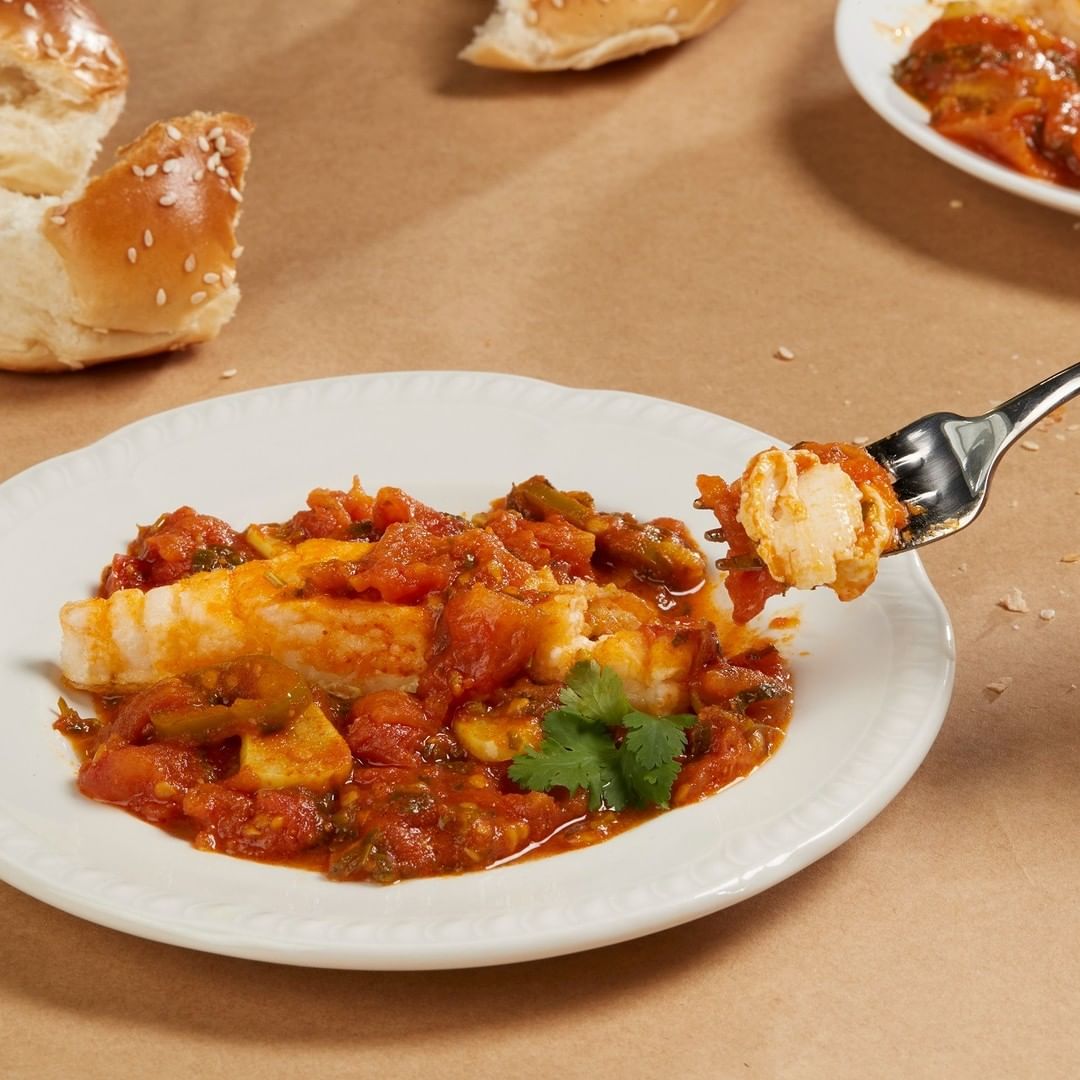 Steakholder Foods/Instagram
Steakholder Foods/Instagram
How is 3D-printed food made?
To create its history-making product, Steakholder Foods used “cutting-edge 3D bioprinting technology.” This technology has been in development for decades, and started back in the 1980s, when an academic researcher called Robert J. Klebe used a standard inkjet printer to print cells.
Since then, the field of research has rapidly evolved. And now, 3D bioprinting is an established manufacturing process. “[It] uses bio-inks to print living cells developing structures layer-by-layer which imitate the behavior and structures of natural tissues,” explains biomedical firm UPM Biomedicals.
This method is being utilized in the medical field, used for 3D printed skin, for example, but it’s also being used in the food industry, as Steakholder Foods has demonstrated. As well as breaking new ground with grouper, the company has also printed the biggest-ever steak made from animal cells.
“We formulate bio-ink from our carefully selected cell lines and unique scaffolding materials,” the brand explains. “The bio-ink is loaded into our 3D printer which then, in just a matter of minutes, prints a whole cut of meat with pinpoint precision based on a digital design.”
After that, the meat is incubated for a few weeks to “allow the stem cells to differentiate into muscle and fat cells and for muscle fibers to form with the right density, thickness, and length to become a cut of meat.”
It’s worth noting that 3D printing also works to produce other foods, including plant-based meats. And this, too, is a rapidly advancing market. Just last year, Michelin-starred British chef Marco Pierre White announced he was collaborating with another Israeli food-tech brand, called Redefine Meat, to launch 3D-printed plant-based meat dishes across his restaurants.
Right now, you can walk into Mr. White’s in Leicester Square and order 3D-printed Redefine Steak with piccolo tomatoes and Koffmann chips. And, again, no—this is not off the pages of a sci-fi novel. It’s just a standard evening out in London.
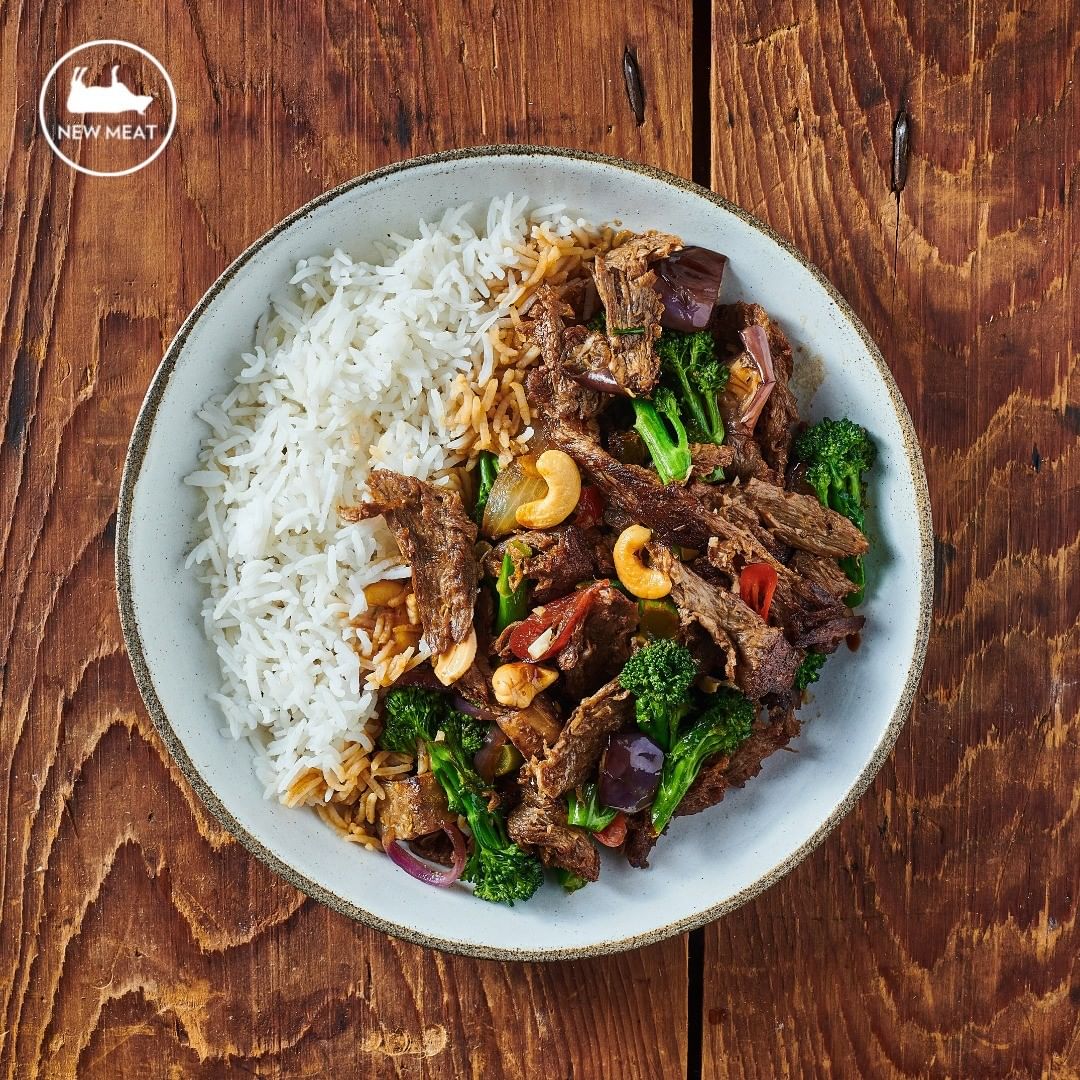 Redefine Meat/Instagram
Redefine Meat/Instagram
What are the benefits of 3D-printed food?
It is becoming more mainstream, but it’s also important to point out that 3D-printed food is still in its infancy. Food-tech brands are working towards a future where this technology is the norm, but we’re not quite there yet. That said, it’s looking hopeful. Last year, Redfine Meat raised more than $380 million to expand its operations.
But why, exactly, is this technology starting to take off, particularly in the alternative meat market? There are a few reasons. First, 3D printing allows cultured and plant-based brands to produce a result that is superior in taste and texture to other products on the market, which means it will appeal not just to vegans, but to omnivores, too. That’s a vital demographic for these companies—but not just for profit-driven reasons.
Making meat the traditional way, by farming billions of animals in cramped, intensive, and industrialized factory farms, is hurting the planet in many ways. The entire animal agriculture industry, for example, is responsible for 14.5 percent of global greenhouse gas emissions. It uses huge amounts of resources like land and water, and farming cows for beef is also a leading driver of deforestation.
3D-printing food can help transform the way we produce meat, but it can also help companies to cut down on food waste, which, again is a major environmental problem. This is because when food ends up in the landfill, it emits methane, a potent greenhouse gas. “3D-food printers make use of precisely controlled stepper motors to dispense ingredients,” explains Xometry, an industrial parts marketplace company, which regularly uses 3D printing. “This means that consistent ingredient accuracy is maintained while also reducing overall waste.”
And finally, several reports indicate that 3D-printing food is not just more sustainable, but it could also result in a healthier product, too. This is because it can be molded and adapted by food scientists in order to maximize nutritional value. “From personalized dietary requirements to elderly nutrition, one can control how much protein, sugar, vitamins, minerals, and fats go into 3D-printed food,” explains alternative meat company Savor Eats. “One can also make softer food products for older adults that fulfill their nutritional requirements.”
There’s no doubt, 3D-printed plant-based and cultured food has some major potential. It might be a little way off from dominating the grocery shelves anytime soon but watch this space. In just a few year’s time, you, too, could be tucking into a grouper dinner that’s 3D-printed, sustainable, nutritious, and, of course, delicious, too.
For more on food technology, read:
JUMP TO ... Latest News | Recipes | Guides | Health | Subscribe

